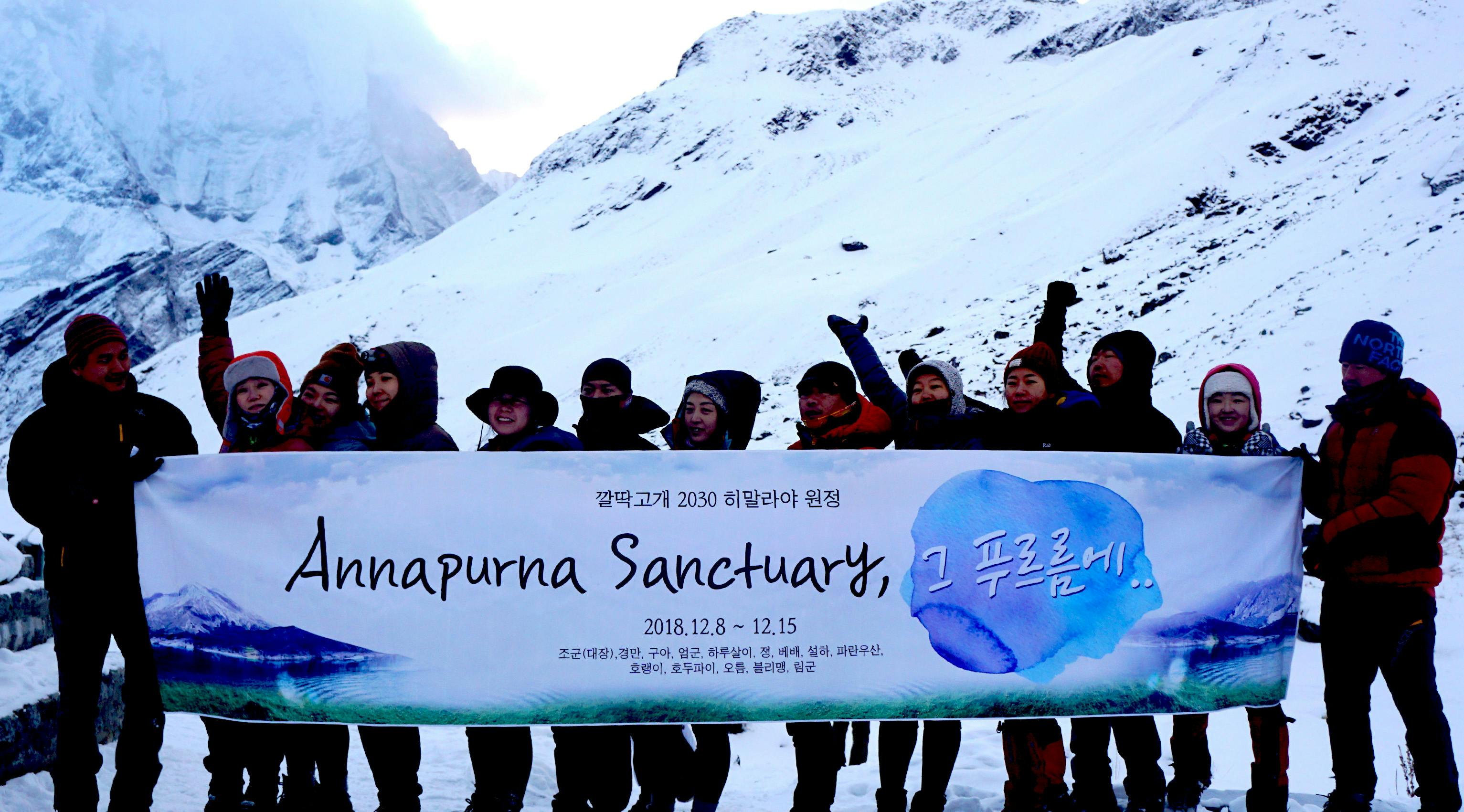
13th Dec, 2023 • 04:28 AM
Trekking in Nepal varies a lot. From easy half-day walks to world-tough passes. There are several risks in trekking in the Himalayas. However, all the risks are under control if we are aware of it. This post is about what are the risks and responses.
A High-Altitude Trek is known as an adventurous trek. But embarking on an adventurous trip without calculating the risks is utter stupidity. That’s why we have listed a few risks and the response planned by Go The Himalaya (GTH) Treks to minimize or address the risks in the best possible way. The main risks of trekking in Nepal are as follows.
Risk:
Before you start the trek, it is important to understand the implications of high altitude on your body. We like to suggest you that be aware of the symptoms of AMS (Acute Mountain Sickness), HACE, and HAPE. The symptoms are mild headache, breathlessness, vomiting, fatigue, Anorexia, dizziness, sleep disturbance, nausea, general discomfort, hallucination, confusion, behavior change, blood-stained sputum, dry cough etc.
Response:
If you feel any of these symptoms, inform the trek leader or your guide and follow his instructions. Every campsite has a first aid kit, (maybe oxygen cylinders) to address the situation. If the situation is getting worse then the guide or team leader informs us and we send a rescue Helicopter as soon as possible.
Risk:
Weather is unpredictable in the Himalayas. Though we are always observant about the changing weather, no one can guarantee a snowfall, rain, or Sun. Do understand that your security is of utmost importance to us and we will not proceed any further from the campsite if the weather is not favorable.
Response:
The decision of the Trek Leaders and Guides to proceed or wait for the weather to get better will be final. We made wise decisions in our experience and using the forecast data.
Risk:
While trekking over difficult terrains, you might have minor injuries like leg sprain, bruises, etc. Serious injuries like fractures or major cuts are very rare.
Response:
All our guides are trainers of First Aid. They are trained to handle emergencies and can tackle minor injuries with a first aid kit. In case of serious injuries, the patient is carried on a stretcher to the nearest roadhead or charted helicopter and is led to the nearest medical Centre.
Risk:
Trekking in the deep valley has several risks like a landslide, flood, collapse of bridge or trekking trials, and avalanches. This mostly happens in monsoon season in the lower region. In winter, there is a high risk of avalanches in some parts of trekking. Sometimes this can become a disaster because of heavy rain and snow due to global warming and climate change.
Response:
This problem occurs due to the bad weather and heavy rain. We frequently check the weather and plan accordingly. Our experienced guide knows which places have a possibility of landslides and avalanches as well as the idea of how to avoid them.
Risk:
Nepal Himalaya is 100 percent secure for trekking. We don’t have an example of robbery and stolen. However you are always clever in this kind of thing.
Response:
Our team is always careful about losing things. So they always check after check out and rest. You are not alone in the trekking. Our team is always with you.
We advise you that, please
Risk:
In trekking there are so many confusing trials. And it is easy to get lost. We have news every year that trekkers lose the way and get lost. It is quite hard to choose the correct way without experience and expertise. You need to be very careful in this case during the trekking.
Response:
Our guides are very experienced in the field. They know every trail and way even in the glacier and High Mountain. So there is no risk of losing your way if you follow our guide. However, we advise you that:
These are the major risks found in trekking in Nepal. If you find anything confusing then contact us 24/7 via WhatsApp, Kakaotalk, Facebook, Instagram, WeChat, or Mail.